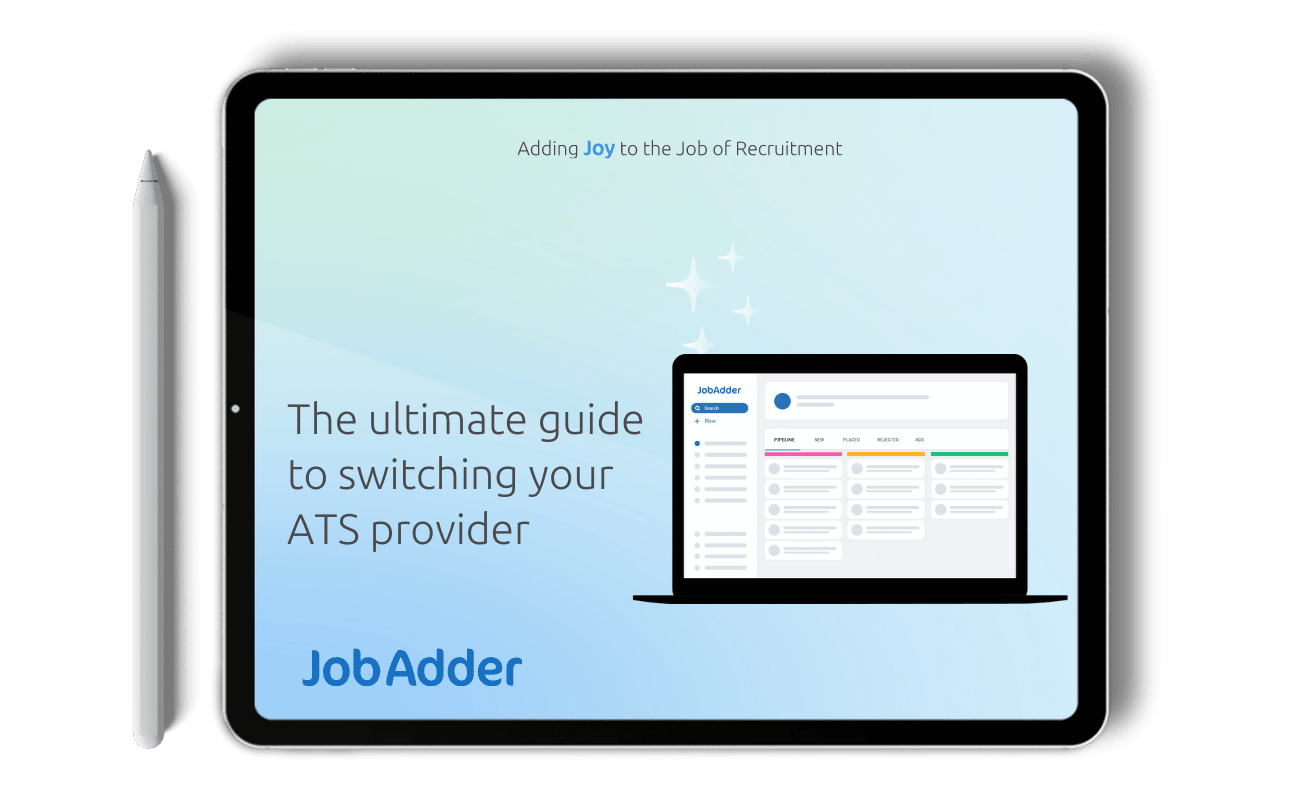Working for a recruitment tech company, I’ve listened to talent acquisition professionals across many industries describe the challenges they face.
Some companies have strong employer brands that naturally attract applicants, which makes candidate sourcing and engaging passive candidates a whole lot easier.
However, for companies who are still developing their employer brand or just aren’t as well known in the job market, one of the most common challenges I continue to hear is that job application numbers are significantly down and applicant quality isn’t as great as it used to be.
Our 2022 global industry report found that “job growth was not met with increasing candidate interest and applications. The first six months of 2022 ended with an average applications per job rate of 14.80 for in-house users.”
To give you some context, in 2019 we were seeing an average of 46.50 applications per job for in-house users, in 2020 it was 43.50 and in 2021 it was 19.90, so we can see that there’s been a rapid decline in applications per job throughout the coronavirus crisis.
I spoke with an organisation recently that pre-crisis would regularly get more than 100 applications in response to a single job ad. Now, getting one or two applications is the norm.
While there are things outside of our control with a tight talent market, there are strategies that savvy organisations are exploring to address the challenge.
Application drop-off
I’ve heard the comparison before of application drop off to ‘shopping cart abandonment. The latter resonates with me, as I’ve certainly had times when I’ve tried to buy something online, only to get frustrated with a poor checkout process to the point of going to a competitor’s website to buy there.
Unless you’re the likes of Amazon or eBay, which I may use regularly, I can’t stand online retailers that require me to create a profile and don’t allow me to check out as a guest. So, why do so many ATS systems require candidates to create a profile just to send a resume?
I worked with another organisation earlier this year that used an Applicant Tracking System (ATS) that required candidates to create a profile.
They knew they were experiencing application drop-off due to the number of profiles created that didn’t follow through with an application. However, it was difficult for them to measure the full impact. How many candidates gave up before even creating the profile?
Application form strategy
I’ve noticed different schools of thought on how much data to ask candidates to complete on a job application form. Some organisations keep the initial form very simple to not deter candidates. Other organisations take the one-and-done approach to capture all required data and documentation. So, which approach is better?
I’ve found it varies by industry. There are some industries, such as hospitality and retail, where speed is so important to compete for talent, so capturing the required information upfront is crucial.
For other industries, there’s a lot of important data and documentation needed, but when and how do you capture it?
The best approaches I’ve seen keep the initial application simple. In addition to a candidate filling out their contact information and uploading a resume, there might be a few additional questions around things like working rights, notice period and vaccination status that can help with some initial screening.
Back to the online shopping example, I was interested and wanted to buy from them, but I didn’t follow through because it was too cumbersome.
But what about all of that other data we need?
The best Applicant Tracking Systems are designed to allow you to keep the initial application form simple and streamlined, avoiding the dreaded application drop-off.
An effective ATS will also empower you to easily request additional information later on through intuitive automation.
Mobile job applications
Another element to consider is how your ATS is enabling the mobile responsiveness of your application process. Have you ever tried buying something on your mobile from a website that isn’t mobile-optimised? It’s brutal.
One US study found that “67% of job applications were completed on mobile devices” in 2021, rising from 51% in 2019.
If your ATS isn’t offering an easy mobile application process to candidates then you’re providing a poor experience for a very large segment of the talent market, who may not bother to wait till they’re at a desktop to apply.
It’s critical that you test your careers website and entire application process, examining how mobile-friendly it is and what the candidate experience is like.
Whatever technology you use, your ATS should be enabling a great candidate experience and making it easy for them to submit their applications.
In this candidate-short market, declining application numbers can be mitigated by smart strategies and innovative technology.
JobAdder is a market-leading ATS solution used by thousands of businesses around the globe to solve these challenges.
Not sure what’s involved in switching your ATS? Download our step-by-step guide.





